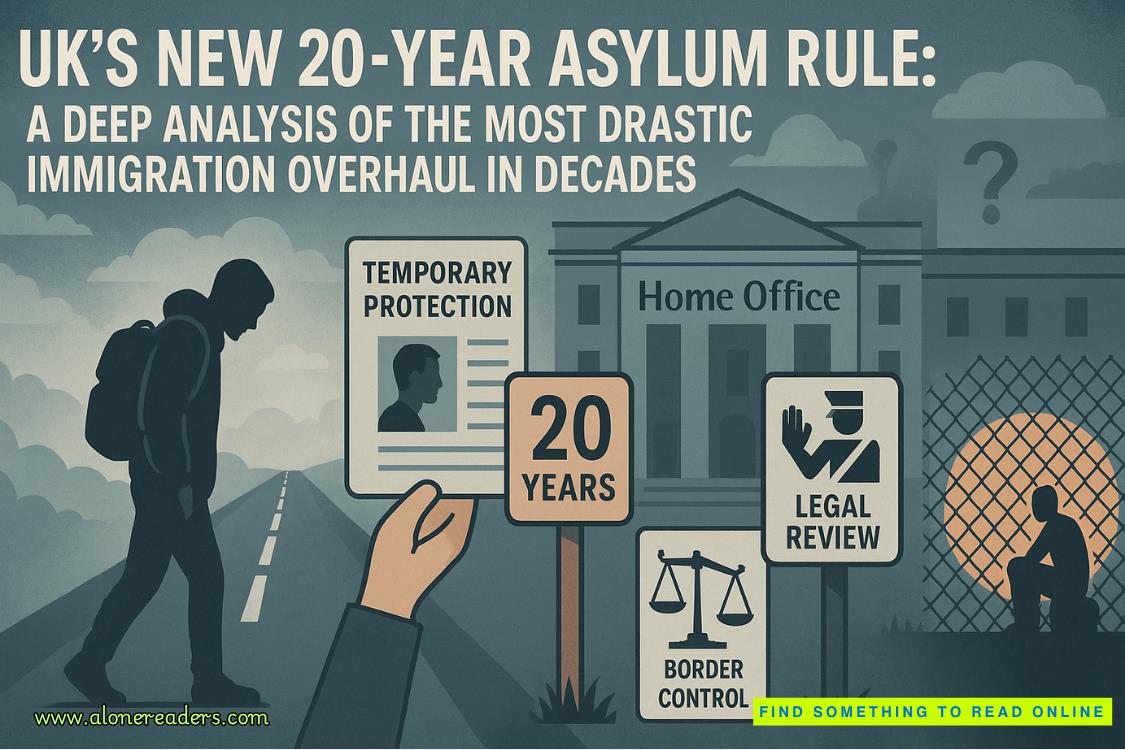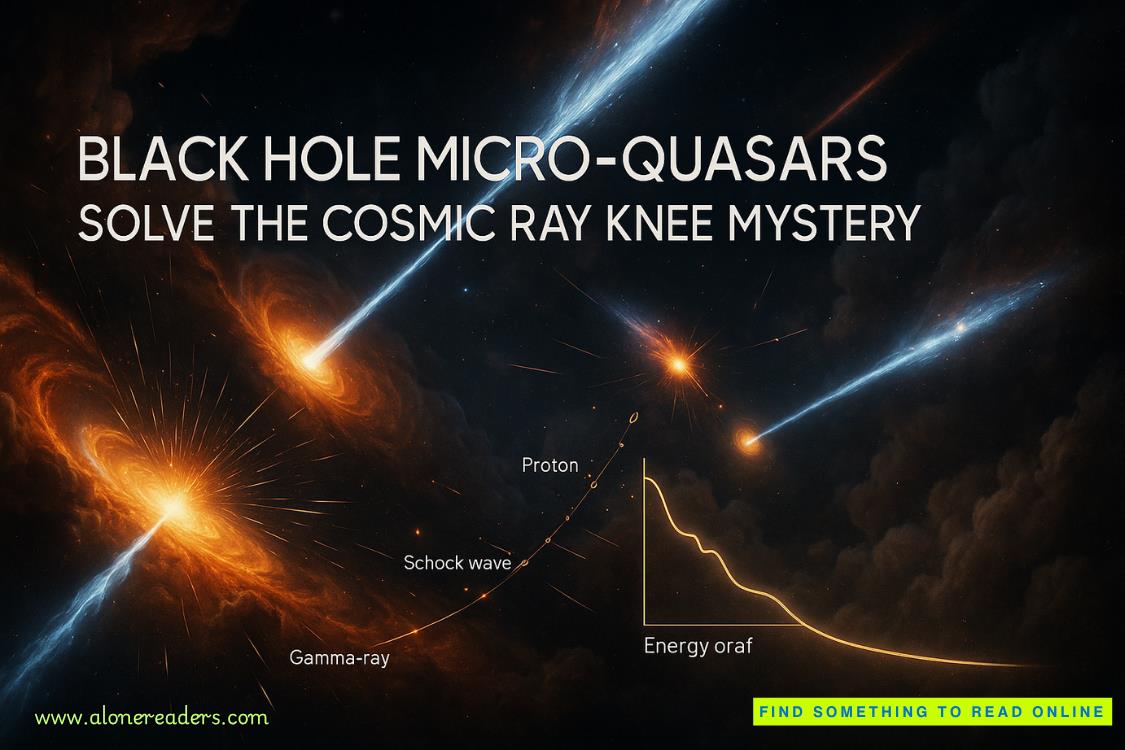Page 206 of The Sleepwalker
Six operatives from the National Tactical Unit and a UAS team are in position.
Behind the shop, two ambulances, a fire engine and four patrol cars are ready and waiting.
Joona has parked his car right to the exit, so that he can make a swift exit if necessary.
Trains first began calling at Grillby in the 1870s, and the service continued for a hundred years. Nowadays, they pass straight through the old station without stopping.
The small community – bisected by the train line – is just south of the motorway, surrounded by an expanse of snow-covered fields.
From a distance, the only thing that distinguishes it from the flat landscape is the tall concrete silo. It looms above Grillby like some sort of damp, brutalist church, with a long nave featuring four half columns on each side and a forty-five-metre tower.
Up against the high barbed wire fence separating the silo from the railway, there is a boarded-up brick building, a hangar-like structure made from corrugated metal and a blue shipping container.
Sandwiched between the silo and the hangar, there are three covered docks that were once used by the lorries transporting grain.
The black-clad operatives from the tactical unit are gathered behind the vehicles, messing about on their phones, tightening the straps on their bulletproof vests and checking their weapons and magazines, stun grenades and breathing masks one last time.
The red flags outside the petrol station strain and flap in the strengthening wind, and tiny snowflakes swirl around the forecourt.
Joona is wearing a black beanie, warm layers and sturdy boots, and he walks over to the group leader, Jamal, to introduce himself with his heavy bulletproof vest slung over one shoulder.
‘Thanks for getting here so quickly,’ he says.
‘No problem.’
Jamal has chocolate-coloured eyes and a small black goatee. His helmet is on the ground between his feet, his Heckler & Koch assault rifle hanging on a strap by his hip. The commander, a white-haired man in a thick coat and a trapper hat, finishes his phone call and comes over to join them. He holds out a tablet and shows them a map of the area, with routes and assembly points already marked out.
The three men quickly agree on a plan for the various stages of the operation.
‘Listen up, everyone,’ Joona says, raising his voice so that the entire unit can hear him. ‘The suspect has just killed two of our colleagues and should be considered extremely dangerous, but is also likely armed with just an axe – though obviously we can’t rule out other weapons.’
‘Take up your positions and await my order,’ the commandertells his men.
‘Let’s get this bastard!’ shouts Jamal.
Joona makes his way over to the UAS unit – two men in puffer jackets and beanies – behind a black car. In the open boot, they have a number of aluminium cases containing spare batteries, transmitters and other pieces of kit.
UAS stands for Unmanned Aerial System – drones equipped with cameras and thermal imaging systems, in other words. The Police Authority made the decision to use the slightly clunky name internally in order to be able to distinguish the drone handlers from other units during operations.
‘How’s the weather looking?’ asks Joona.
‘It’s not ideal,’ says the commanding officer, glancing over to the silo.
‘But we’ll be OK,’ says the other, spitting a wad of snus to the ground.
The four propellors on the drone start to whirr.
‘Ready?’ asks the commander.
‘The airspace is closed,’ the other replies.
The drone rises straight into the air, quickly reaching a height of two hundred metres. The little black dot is almost invisible through the falling snow.
Joona takes off his hat and heads into the mobile command vehicle.
Seven people – including the tactical commander – are sitting at computers inside. Joona pulls out a seat and takes a seat beside the coordinator.
Through the police camera feed, he follows the footage from the drone in real time.















